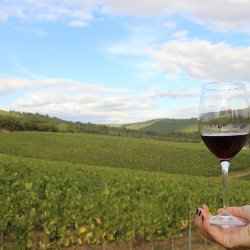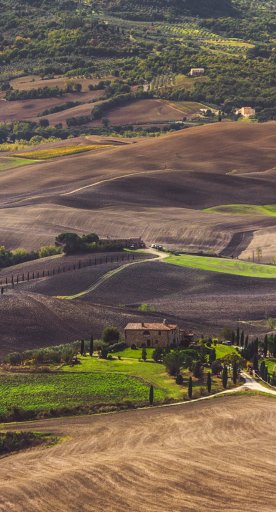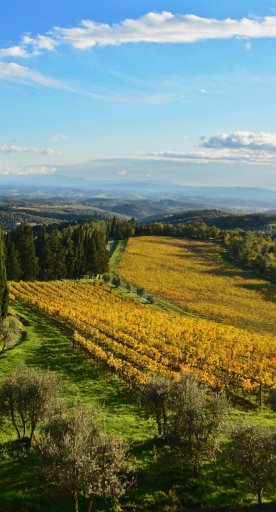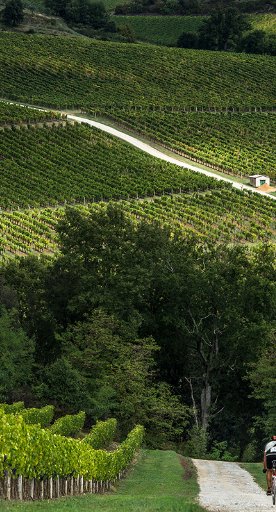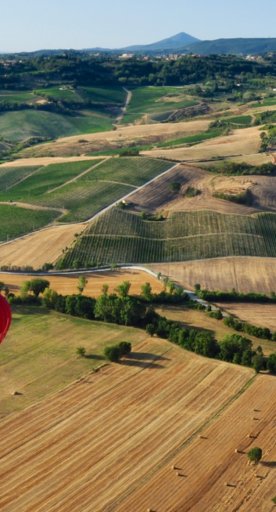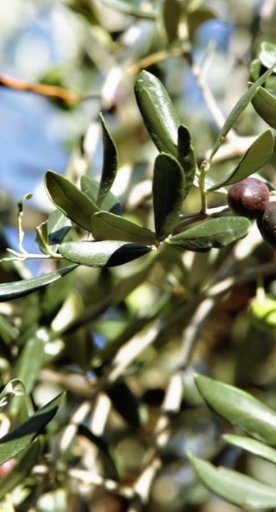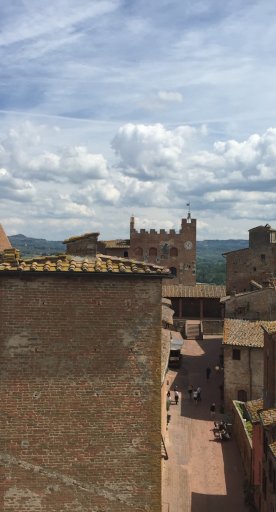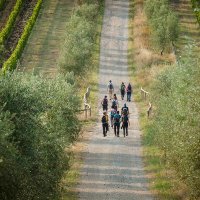
5 design-led wineries in Tuscany
When architecture and wine make the perfect blend
Architecture and wine are the perfect blend in these five design-led wineries in Tuscany. From Chianti Classico to the Valdarno, the Tuscan Coast to Montepulciano, wine lovers will go wild for these environmentally aware buildings that bejewel the region’s landscape while producing fine wines loved locally and exported all over the world. Antinori, Il Borro, Caiarossa, Salcheto and Petra: five wineries that deserve a visit, in different areas of Tuscany.
-
1.Antinori nel Chianti Classico
-
2.Il Borro
-
3.Caiarossa
-
4.Salcheto
-
5.Petra
Antinori nel Chianti Classico

The winery opened in 2012 and is the historic Antinori family’s way of paying tribute to the Chianti Classico wine region. The cellar was designed by Archea Associati, an architectural firm based in Florence, with a focus on optimal production as well as giving the wine-loving public the chance to see how wine is made. Upon first glance, the striking winery resembles a big hill with two cracks cut into the vine-growing ground. Brick red in colour, like the soil, the cellar was built using natural materials like terracotta, wood, weathering steel and glass.
Il Borro

The winery at Il Borro, owned by the famous fashion family Ferragamo, was designed by local architect Elio Lazzerini. It’s a brick building with a traditional layout to fit with the estate’s medieval village and rural style. Open to visitors on appointment, the vast working cellar also boasts an airy exhibition space for temporary shows. A 300-meter-long tunnel drops down to 8 meters underground to reach the historic spaces built beneath the main villa. Located in the Valdarno countryside, the surrounding scenery is said to have inspired Leonardo da Vinci while painting the Mona Lisa.
Caiarossa

When Caiarossa’s former owner bought the original 30 hectares (now 70) near Riparbella, he fenced them off and freed animals in the space to find the right place to build the cellar. The red-painted building, designed by Belgian architect Michael Bolle, sits among verdant vineyards and captivates on the inside too with the light-filled vertical, gravity-led fermentation area abiding by Feng Shui principles. Now owned by Dutchman Eric Albada Jelgersma, Caiarossa’s biodynamic wines are refined and refreshing, an expression of this wine region not far from the Tuscan coast.
Salcheto

Boasting uplifting views of Montepulciano, Salcheto leads the way in environmental standards as the Vino Nobile wine region pursued its goal to become carbon-zero. This independently powered contemporary winery, led by Michele Manelli, has a futuristic feel with its spacey bubbles and steel tubes that power the subterranean cellar through natural light, while producing consistently enjoyable wines that express the local terroir. It’s open every day so that visitors can get to know every stage of the cellar’s day-to-day work.
Petra

Designed by architect Mario Botta, Petra (in Suvereto) is excavated in front of a hill and has become part of it, as if it were a definitive aspect of the landscape. The natural light that penetrates all the environments of the large cylindrical volume, covered in stone, spreads to all the workspaces via the stately staircase that leads up to a balcony where visitors can enjoy views of the Tyrrhenian Sea and its islands. It’s an intelligent design, complete with an innovative photovoltaic water system that lowers the impact on its surroundings.
More info on: winearchitecture.it/en


